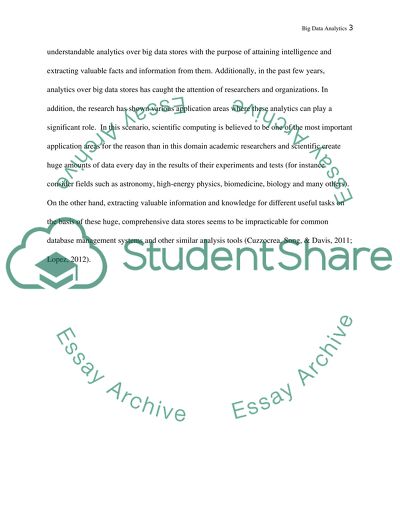Cite this document
(“Big Data Analytics Literature review Example | Topics and Well Written Essays - 1750 words”, n.d.)
Big Data Analytics Literature review Example | Topics and Well Written Essays - 1750 words. Retrieved from https://studentshare.org/information-technology/1470883-big-data-analytics
Big Data Analytics Literature review Example | Topics and Well Written Essays - 1750 words. Retrieved from https://studentshare.org/information-technology/1470883-big-data-analytics
(Big Data Analytics Literature Review Example | Topics and Well Written Essays - 1750 Words)
Big Data Analytics Literature Review Example | Topics and Well Written Essays - 1750 Words. https://studentshare.org/information-technology/1470883-big-data-analytics.
Big Data Analytics Literature Review Example | Topics and Well Written Essays - 1750 Words. https://studentshare.org/information-technology/1470883-big-data-analytics.
“Big Data Analytics Literature Review Example | Topics and Well Written Essays - 1750 Words”, n.d. https://studentshare.org/information-technology/1470883-big-data-analytics.


